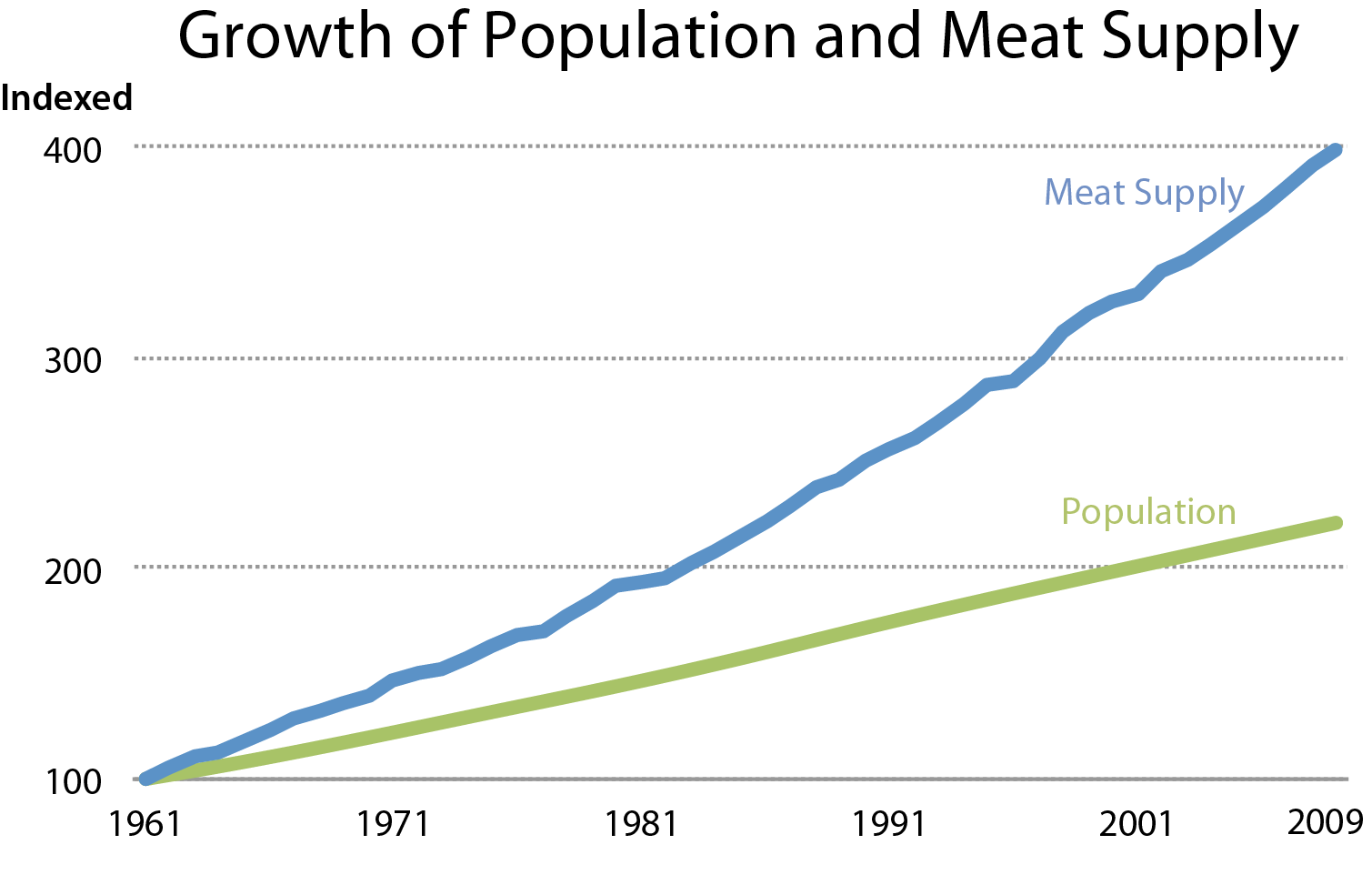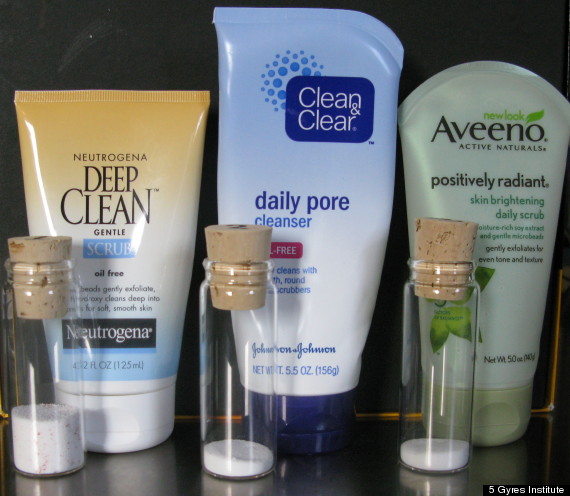Plastic is used for everything. It is produced at such large quantities (and in my opinion often unnecessary) that plastic debris is now reaching ‘relatively’ untouched areas of the planet such as North Pacific, South Pacific and Antarctica (Gregory, 2009). The properties of plastic which make it so popular, such as it being colourful, light and durable are the same properties which make them have devastating impacts on the environment, as they are easily mistaken for food and therefore are often mistakenly fed to baby birds by their mothers and buoyant, so they are accidentally ingested by shallow-diving birds. Furthermore, their durability means that they disintegrate very slowly.
The Great Pacific Garbage Patch is created by the movement of ocean currents(from the rotation of the Earth) around the North Pacific Gyre. It transports debris from the the West coast of the US and Japan around into the centre of the pacific where it all accumulates to create what is named the "Garbage patch". The debris gets trapped in the less moving centre of the gyre whereas the exterior is constantly moving cyclically which drags further debris into the centre. Other than the soup of debris which floats on the surface, it has been discovered that 70% of marine debris actually sinks to the bottom of the ocean (
National Geographic).
Damage to animals can be caused in multiple ways:
- Can block digestive tracts
- cause starvation
- damage stomach lining
2. Entanglement
- cause animals to drown
- cause deforment
- become wounded
- turtles are most commonly entangled
- impaired hunting abilities
Facts:
- The majority of the Great Pacific Garbage Patch contains 6 times more plastic than plankton
- Every bit of plastic ever made still exists, because it resists biodegradation (According to Captain Moore, who discovered the Great Pacific Garbage Patch in 1997)
- Prior to the 1950s fisheries used rope which is made of natural fibres and therefore disintegrated fairly quickly. Since then however these have been replaced by synthetic materials which are far more buoyant (and therefore pose a threat to shallow-diving birds (Ryan,2008)) and more durable and hence can remain in the oceans for far longer (Gregory,2004).
- Ghost fishing has been identified as a detrimental issue in a lot of primary fishing areas across the world, where abandoned fishing nets continue to catch fish which are then lost. Al-Masroori, 2004 estimated a loss of $145 per trap within 3 months of abandonment
- The extent of the plastic landfill look a like is now twice the size of Texas.
- Entanglement and Ingestion has been found to have increased by 40% in the past decade (Thompson, 2013)
- Nurdles are pea sized plastic pieces used for the manufacturing of plastic products
- The size of plastic ingested is relative to bird size (Cole, 2011, Ryan,1987)
- Seals and sea lions are known to be attracted to packing loops, and therefore become entangled, which causes strangulation (Boren et al, 2006)). See the poor seal in Figure 2.
- More than 99% of plastic found ingested by Albatrosses in the Hawaiian islands has been identified to be manufactured from Japan (Fry et al, 1987).
- Plastic is the most dominant form of debris in the Black sea (47%) (Lechner, 2014), driven by river currents from the many sources of the Danube river in various countries. Figure 3 shows the various types of plastics found, from very small to much larger.
Error in assumptions
Amounts of total macro plastics has recently been shown to decrease. This has been from the concentration of plastics in samples collected from the ocean and also the number of birds (Ryan 2008). Micro plastics (virgin pellets used for the composition of plastic products)
However, the method used, only included data from dead birds. Therefore there is a bias in the results in that only birds that have ingested very large quantities of these plastics and therefore faced life threatening difficulties will have died and therefore been able to be dissected.
What to do?
Several mechanisms have been thought out about how to clean up the problem of marine debris pollution. With a special focus on the Great Pacific Garbage Patch because of its size and concentration (e.g.
Boyan Slat). Charles Moore the discoverer of the Great Pacific Garbage Patch has stated that "the cost for cleaning up the patch would be enough to bankrupt any nation"(
National Geographic). Issues relating to how to differentiate between very small pieces of plastic and small fish.










